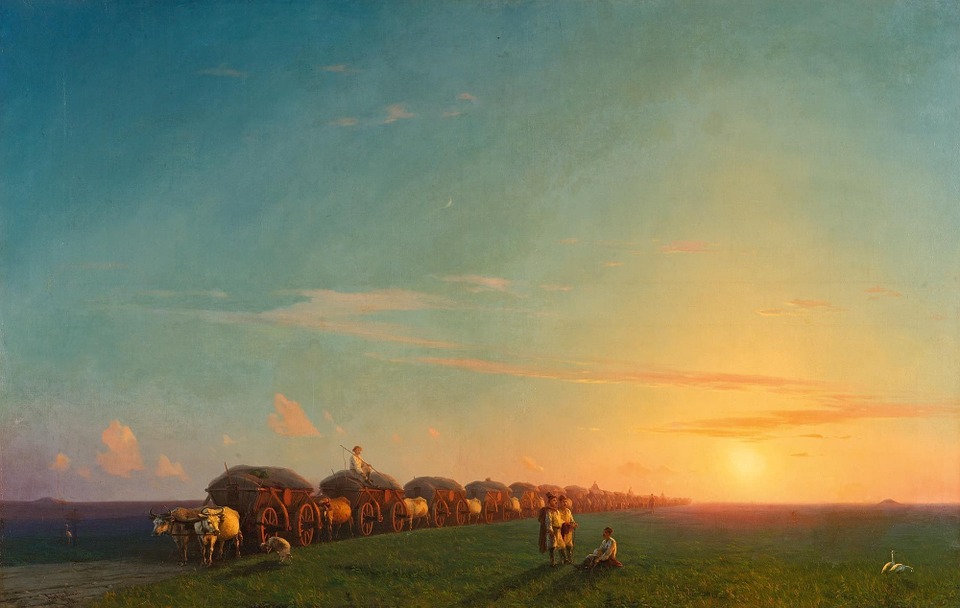Moving stuff from point A to point B has been happening since the beginning of time. You could even consider Moses the first major continental mover, although he should have had a better map. Over time, movers have gotten better tools, processes and oversight turning moving into a profession and a trade.
As humans acquired more, they developed clever ways to move it. Take the ingenious travois, consisting of a platform or netting mounted on two long poles lashed together in the shape of a triangle. Introduced by Canada’s Indigenous people, then co-opted by French Canadians finally people could take more than what they could carry on their backs to another location.

The Conestoga wagon helped people take all the things they would need as the ventured west. Industrious folks took notice and began small-scale moving companies using wagons with the protected material covers. The moving industry in North America kicked off in earnest in the 1800s as the intercontinental railroads rolled out and expanded. Even in the early 1900s, the covered wagons were the transportation of choice for movers – probably because they had the most control and efficient compared to early cars.
Imagine furniture from 70 years ago. There was no Ikea and other semi-disposable furniture makers. Many of the pieces in a house were heirlooms or handmade. When moved, it was important to be put back together perfectly. The movers had to have can-do skills to re-assemble everything and set up the home just so. These are values that we hold dear.
In the History of Movers Part 2, learn when the moving game took a big jump evolution jump. Hint: War!
With the rise of the motor vehicle and the development of highways, moving became a much more sought out industry. Wagons were replaced by small trucks, and the world was introduced to moving vans. These humble trucks had two-cylinder engines laying down the foundation for the modern day mover.
With the development of specialized moving trucks, movers also had to be skilled drivers. Can you imagine driving a big truck, without power steering and a manual transmission? Most drivers today would balk at the idea and wish that self-driving technology would hurry up and get here.

The moving business had a significant boom in the 1940s. After WWII, the storage industry took off and so did moving. With middle-class wealth growing, people began to embrace home ownership and acquiring more goods, which meant more moving. Vehicles became bigger, stronger, and faster and so did the demands on the movers.
The moving industry now has a wide range of movers from cheap and cheerful to the best of bonded. Now the training that good movers must possess before they can attend a move is remarkable.
The standard for driving a truck is even more stringent. They must attain their certification before they are allowed to get behind the wheel.
At Kleiner Services, our training is rigorous; the training manual is thick. Employees must spend a great deal of time mastering the basics of transporting goods, from packing and labeling to content management, safe practices for moving and how to pack a moving truck, before they are allowed to handle your belongings. We are dedicated to ensuring that we employ skilled professionals for all your moving needs.
Looking for reliable and affordable Vancouver moving and storage services?
Look no further! Our team of expert movers can handle all your moving and storage needs, whether you’re moving locally or long-distance.
Contact us today for a free quote and experience a stress-free move with our top-rated Vancouver moving and storage services.

